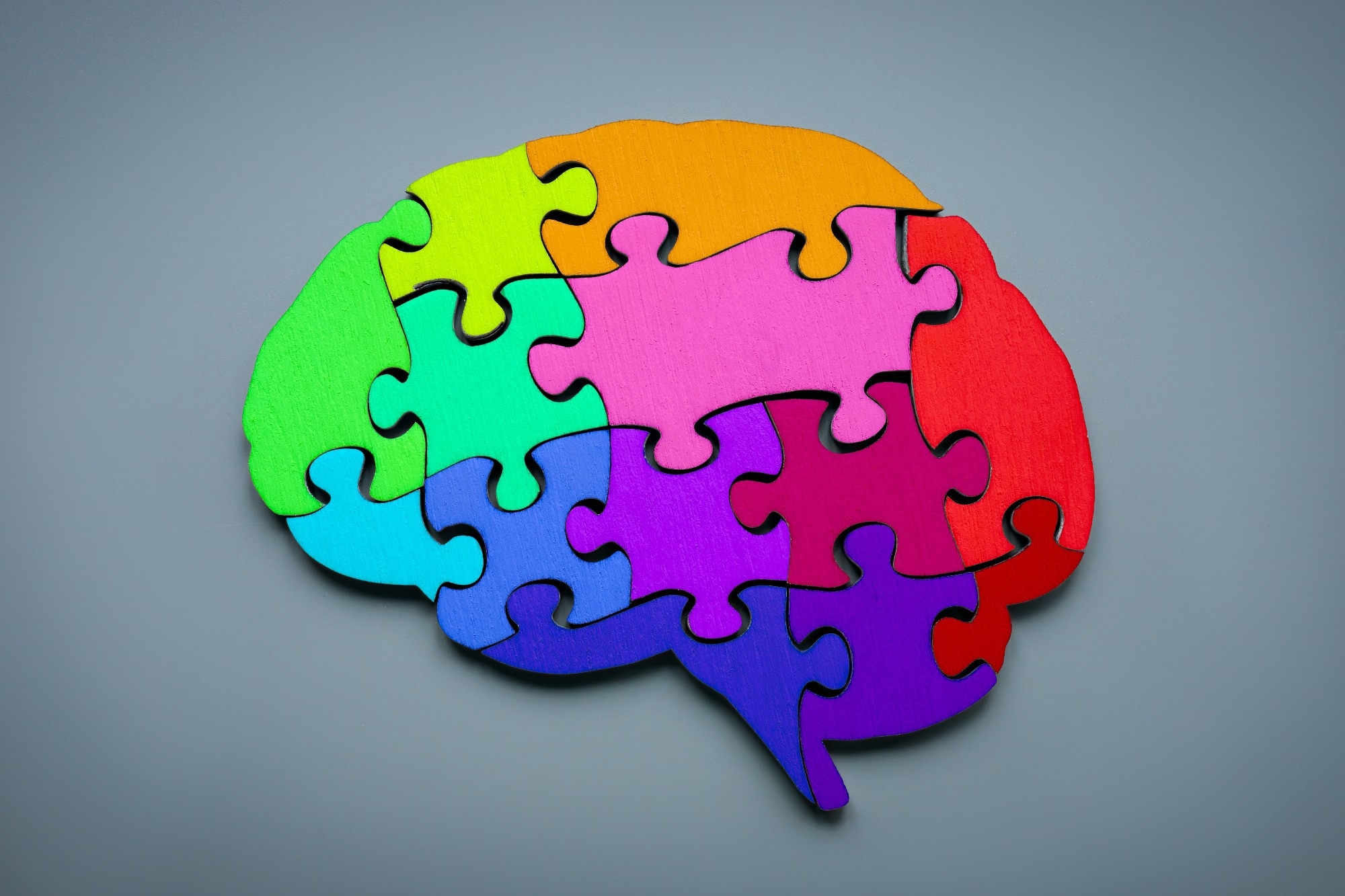The increased awareness of neurodiversity has led to the acceptance of a broad spectrum of 'normal' neurodevelopmental phenotypes. A new study in JCCP Advances develops a factor structure to examine broad phenotypes of neurodiversity.
 Study: A transdiagnostic approach to neurodiversity in a representative population sample: The N+ 4 model. Image Credit: Vitalii Vodolazskyi / Shutterstock.com
Study: A transdiagnostic approach to neurodiversity in a representative population sample: The N+ 4 model. Image Credit: Vitalii Vodolazskyi / Shutterstock.com
Neurotypical vs. neurodiverse
Neurotypical people are those with neurocognitive traits that are frequently observed in the general population. Comparatively, neurodivergent people exhibit less frequently observed phenotypes, especially if these fit into earlier diagnostic categories for neurodevelopmental disorders.
Neurodevelopmental conditions are complex, as there is marked inter-individual variation in their phenotypes, making it increasingly common for one diagnosis to be made in many cases. In fact, about 40% and 14% of autistic people are also diagnosed with attention-deficit/hyperactivity disorder (ADHD) and dyslexia, respectively, whereas over 50% of individuals with ADHD also have impaired motor abilities.
About the study
In the current study, researchers examine the factor structure of individual differences in traits found in six neurodevelopmental conditions, including autism, ADHD, dyslexia, developmental coordination disorder/dyspraxia, tic disorders/Tourette's, cortical hyperexcitability associated with subclinical epilepsy, sensory sensitivities.
Broad neurodevelopmental phenotypes were examined using self-assessment scales employed to diagnose these conditions. The study aimed to compare traditional diagnostic labels or transdiagnostic approaches that focus on similar behaviors or functions, irrespective of labels.
The study population comprised 995 adults between 17 and 77 years of age in the United Kingdom. All study participants completed questionnaires on neurodiversity, well-being, anxiety, depression, and cognitive abilities.
What did the study show?
The study findings were analyzed by both theory- and data-driven modeling to determine whether neurodiversity characteristics occur across different disease categories. To this end, all four theory-driven models showed a poor fit for the data; however, the data-driven model provided a good fit when five factors were used. Ultimately, a bifactor model with one general and four specific factors was used to achieve the best fit.
This bifactor model found that the general neurodiversity ('N') factor accounts for sensory sensitivities, verbal tics, and obsessive behaviors that do not occur uniquely in any broader phenotype. Thus, the N factor explains the difference between individuals with traits found across all six neurodevelopmental phenotypes.
The other four orthogonal specific factors, A, B, C, or D, can be used to explain individual variations in characteristics associated with autism, ADHD, cortical hyperexcitability, and dyslexia/dyspraxia, respectively.
Factor A accounted for 39% of the variance in the total scores on each subscale, whereas factors B, C, and D accounted for 38%, 42%, and 25% of these scores, respectively. High N scores correlated with lower well-being and more anxiety or depression, whereas high A and B scores were associated with lower well-being.
Our findings suggest that each individual broader phenotype scale mostly measures “neurodiversity”: variability that is general, rather specifically associated with any one neurodevelopmental condition.”
The overlap in phenotypes was correlated with different neurodevelopmental conditions, in which different causes may account for the same traits. Moreover, the orthogonality of the four specific factors allows for independent variation in each, which allows traits that covary to be distinguished from those that do not.
This approach can elucidate the complex nature of neurodiversity by accounting for similarities and distinct variations between the phenotypes. Furthermore, researchers can examine the limitations of measuring neurodiversity using this "factor structure" approach in different groups, such as those comprising males and females, different ethnicities, or neurodivergent and neurotypical individuals.
What are the implications?
[The study] provides critical benchmark data and a framework approach for asking systematic questions about the structure of neurocognitive diversities seen in the whole population and in people with one or more diagnoses.”
To date, the current study is the first to examine how broader phenotypes relate to neurodevelopmental conditions. Nevertheless, further research comparing self-assessed and third-party information, such as for children unable to provide self-assessments on such subscales, is crucial to elucidate whether this factor structure changes with development.
Long-term follow-up studies may also reveal that mental well-being later in life is predicted by certain neurodiversity traits appearing earlier, rather than vice versa, or if both are observed simultaneously. Taken together, this information could provide important insights for developing mental well-being interventions on both individual and community basis, especially those adapted to their neurodiversity.
Journal reference:
- Apperly, I. A., Lee, R., van der Klejj, S. W., & Devine, R. T. (2024). A transdiagnostic approach to neurodiversity in a representative population sample: The N+ 4 model. JCCP Advances. doi:10.1002/jcv2.12219.